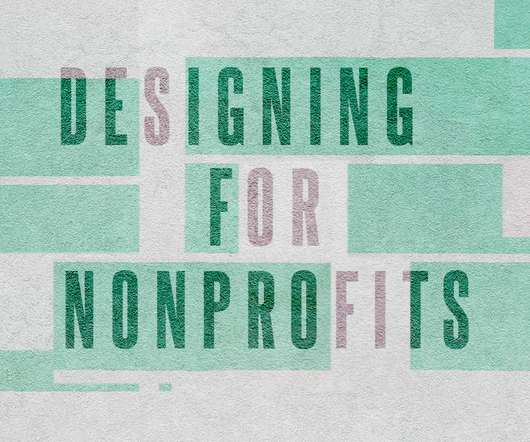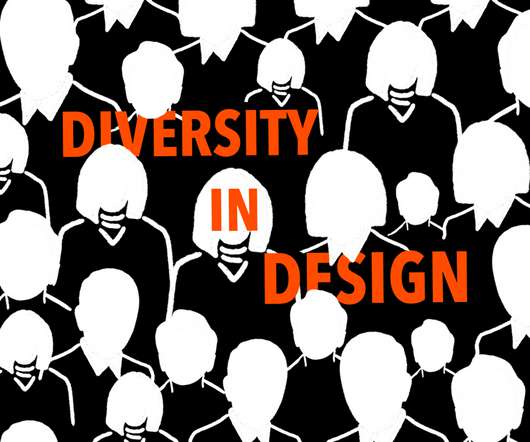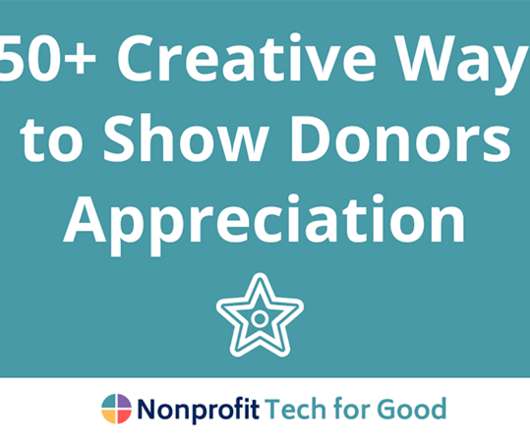Designing for Nonprofits: Our Commentary + Experience
Media Cause
AUGUST 9, 2021
Within Media Cause’s Creative, Brand, and Design team, one of our favorite things to do— besides creating incredible work for our clients—is sharing inspirational and educational resources with each other: articles, POVs, webinars, classes, books, case studies, blogs, tutorials, cheese. What would the structure be like?















Let's personalize your content